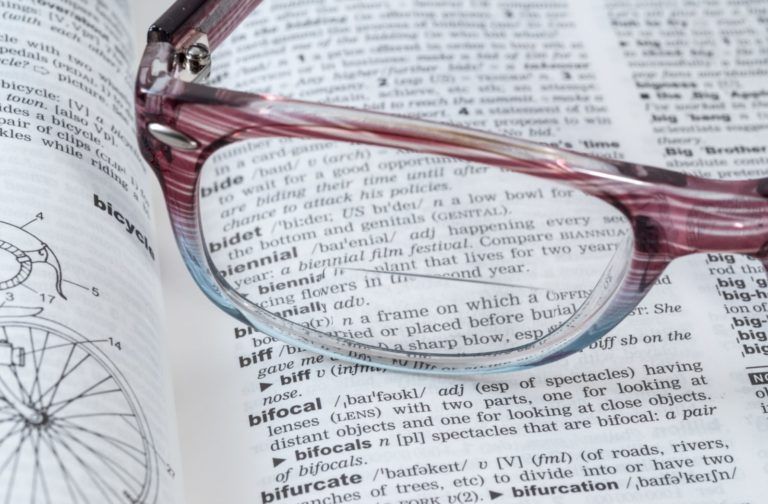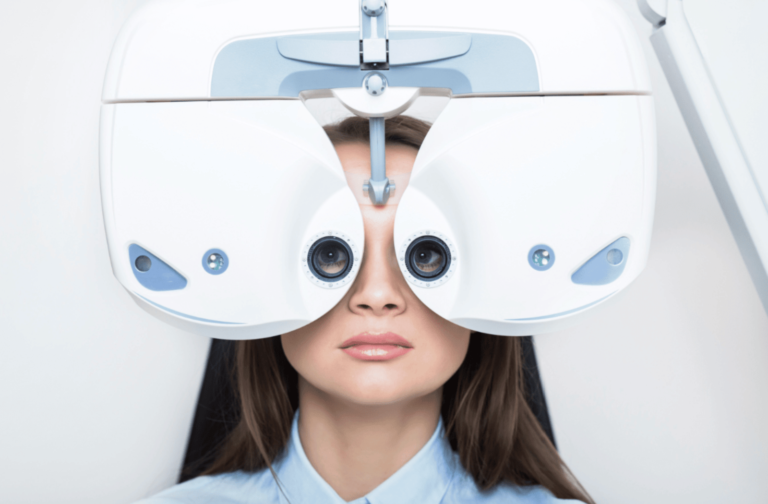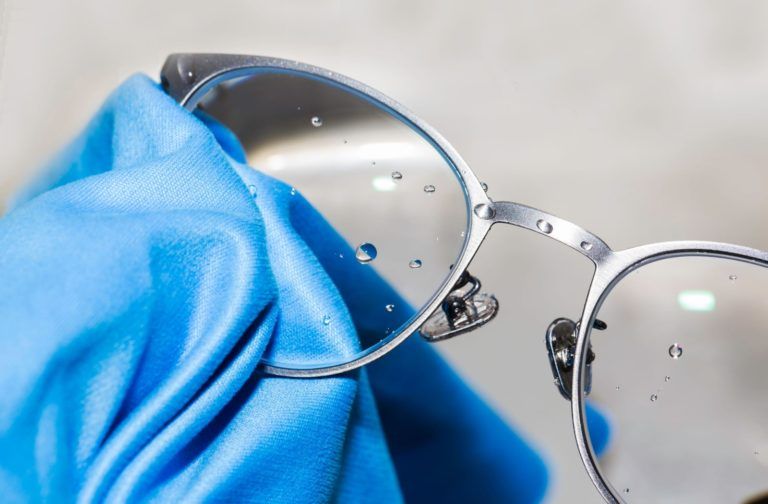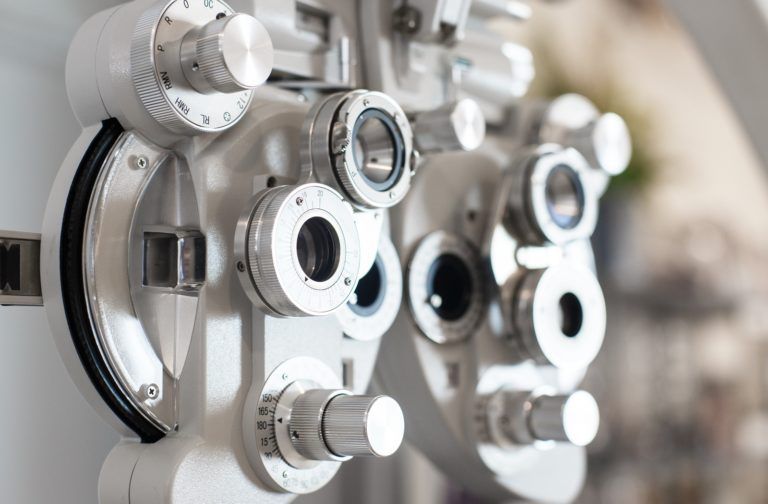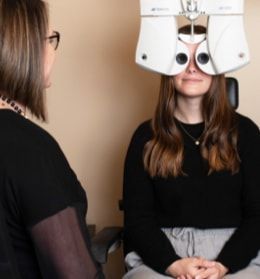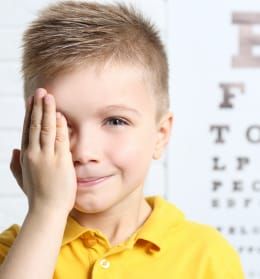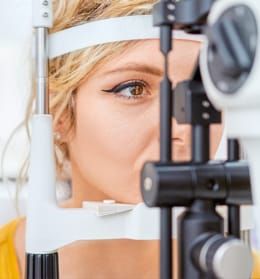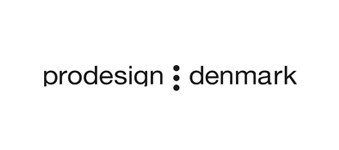What Is Significant Prescription Change?
Various factors can cause significant prescription change. For example, some significant changes, particularly in children, can be related to visual skills, which might require vision therapy. Other prescription changes can be a symptom of an eye condition, which is why regular eye exams are crucial in diagnosing and managing eye disease.
Seeing your eye doctor is the best way to learn why prescription change occurs. In addition, your optometrist can help you manage your vision and plan for future changes by assessing your ocular health and vision.
Assessing Prescription
A significant change in eyeglass prescription is the difference between needing new glasses or being satisfied with your current prescription.
Your eye doctor might need to learn more about your symptoms and the impacts on your lifestyle before suggesting changing your prescription. Some vision changes might have minimal symptoms, sometimes only observable by your optometrist.
The best method of assessing prescription changes is through regular comprehensive eye exams, for adults and school-age children every year. By routinely examining your ocular health and vision, your optometrist has a better understanding of your unique eye care needs. Additionally, they have more information to determine if prescriptions changes are minor or significant.
How often you notice your vision changes is crucial. For example, a rapid prescription change within 3 months has a different significance than a gradual change over a year or more.
Sometimes your vision might seem altered, but your prescription is the same. For example, dry eyes or digital eye strain can cause temporary vision changes even with mild symptoms. However, treatment or management is necessary to prevent permanent change when eye conditions are more severe.
How Children See Changes
Children are developing their visual skills and might not understand that what they see isn’t the same as what everyone else sees. As a result, children can dismiss symptoms or improperly communicate vision problems.
Children might not know if they’re experiencing a minor or significant vision change. Although an annual children’s eye exam is the best method to keep an eye on your child’s vision, watching for symptoms can help determine if changes occur.
Common symptoms include:
- Double vision
- Covering one eye
- Eye turning in or out
- Frequent eye rubbing
- Complaints about fatigue
- Frequent headaches
- Tilting their head to one side
- Avoiding close-distance activities (Examples: coloring, reading)
- Holding a book or digital device too close
If you notice an increase in symptoms, it’s best to book an appointment, even if your child has already had their annual eye exam.
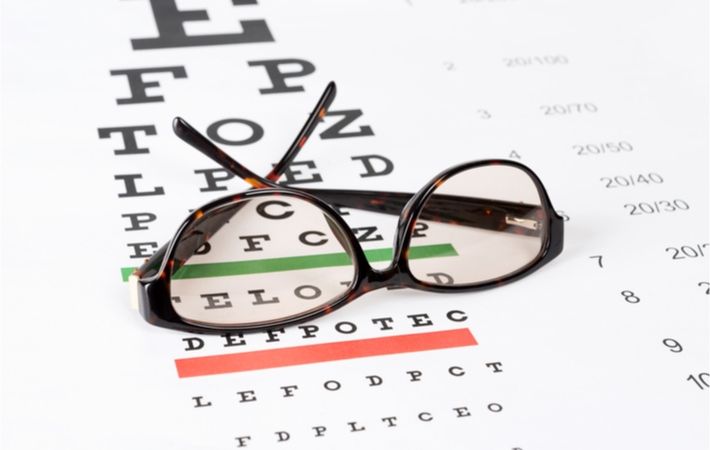
How Aging Effects Sight
As your eyes age, adults can experience a range of changes from slight to significant. Adults between ages 41–60 commonly notice significant changes in their near vision, including reading or computer work. Presbyopia worsens over time, but the progress often slows closer to age 65.
Some typical age-related vision changes include:
- Need for more light
- Holding reading material further away
- Problems with glare
- Deteriorating close vision
- Reduced tear production
- Color perception changes
If symptoms increase, you might be experiencing a significant prescription change or another significant ocular health problem. Some age-related eye conditions that impact vision include age-related macular degeneration (AMD), glaucoma, or cataracts.
Understanding Prescriptions
Although most patients rarely need to decipher the numbers and letters assigned to their prescription, knowing the basics can help you understand prescription changes.
A positive (+) or negative (-) sign determines the types of corrective lenses. Positive numbers, such as +1.00, indicate a prescription for hyperopia (farsightedness). Negative numbers, such as -1.00, represent prescriptions for myopia (nearsightedness).
Larger numbers indicate a strong prescription. For example, +2.00 is a stronger prescription for farsightedness than +1.00. There are also half and quarter measurements, such as +2.25 or -1.50.
Suppose you typically choose +1.00 for reading glasses but notice you need +2.00 for close vision. In that case, it indicates a significant eyeglasses prescription. If the change was sudden, you should visit your optometrist to examine your ocular health and vision.
Understanding 20/20
20/20 vision describes the visual acuity of what the average person can see 20 feet away. Therefore, 20/15 vision indicates someone capable of seeing something more clearly at a farther distance.
For example, let’s say you have 20/100 vision. You would need to stand 20 feet away from an object to see it clearly, while someone with 20/20 could stand 100 feet away and see it as clearly.
A change between 20/20 to 20/25 would be considered minor if it occurred over a year or more. On the other hand, vision deterioration from 20/20 to 20/50 is potentially significant, particularly if within a shorter time frame, such as a few months.
See Your Best with the Right Prescription
If you’ve noticed vision changes or other symptoms, book an appointment at McCulley Optix Gallery for an eye exam. Our Fargo eye doctors can help you determine if your vision changes are significant and if your prescription is working for you.
Posted in Eye Exams, Frames & Lenses
Recent Posts



Categories
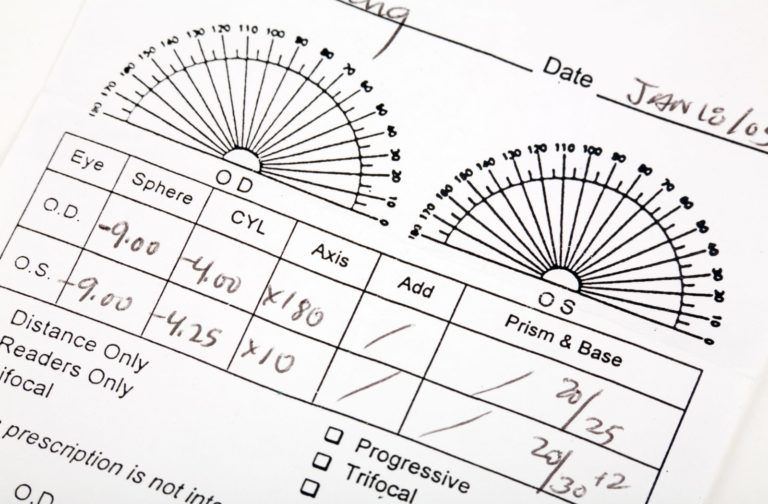
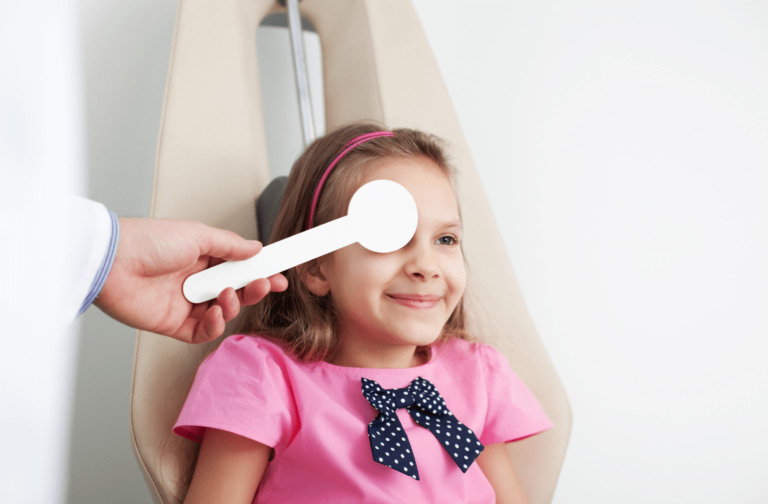

Written by Dr. Melissa McCulley
Dr. McCulley graduated with honor from Boston College in 1997 with a bachelor of science and a major in Spanish and pre-medical studies. She then went on to study optometry and graduated with honors from the Southern College of Optometry in 2001. She has past experience from the University of Minnesota Department of Ophthalmology fitting specialty contact lenses and working with low vision patients. Dr. McCulley is experienced in pediatrics and has a keen interest in treating dry eye.


